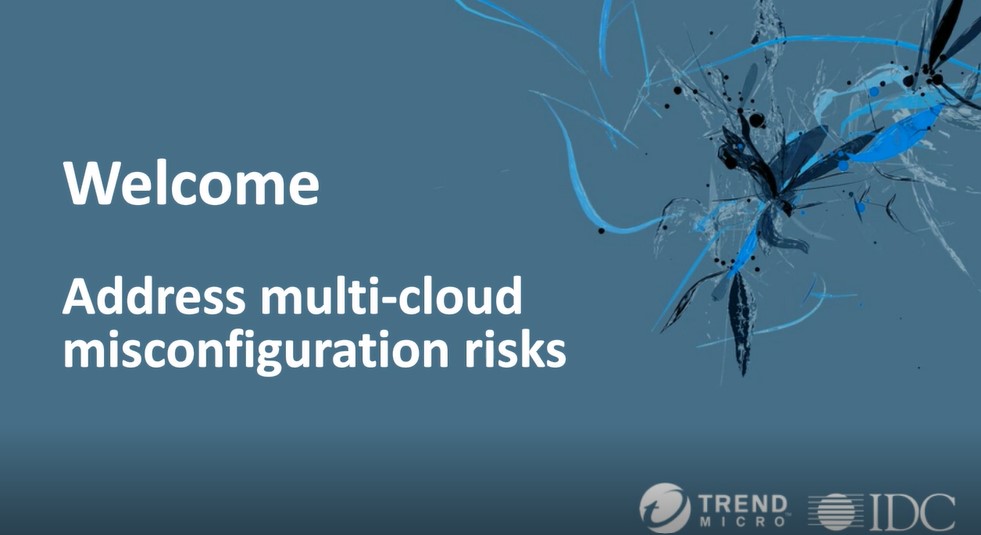IBM launches suite of hybrid cloud storage services
Two ESS hardware units, as well as a new IBM Spectrum Fusion, comprise the firm’s attempt to make enterprise data more accessible


IBM has unveiled a set of improvements to its storage portfolio designed to give its customers greater access to and management of their data across their complex hybrid cloud environments.
The technology giant, which has pivoted its operations towards hybrid cloud in recent months, will launch IBM Spectrum Fusion later this year, in addition to updating its IBM Elastic Storage System (ESS).
IBM Spectrum Fusion is described as a container-native hyperconverged infrastructure (HCI) system that integrates compute, storage and networking functions into a single platform. It’s been designed to come equipped with Red Hat’s OpenShift to allow customers to support environments for both virtual machines (VMs) and containers, and provide software-defined storage for cloud, edge and containerised data centres. A software-defined storage (SDS) version will follow in 2022.
Updates to IBM’s ESS suite, meanwhile, include a revamped model ESS 5000 that delivers 10% greater capacity, as well as a new ESS 3200 which offers double the read performance of its predecessor. They’re designed to provide scalability at double the performance of previous models for faster access to enterprise data.
“It’s clear that to build, deploy and manage applications requires advanced capabilities that help provide rapid availability to data across the entire enterprise – from the edge to the data centre to the cloud,” said Denis Kennelly, general manager for IBM Storage Systems.
“It’s not as easy as it sounds, but it starts with building a foundational data layer, a containerised information architecture and the right storage infrastructure.”
Spectrum Fusion integrates a fully containerised version of the parallel file system and data protection software to provide businesses with a streamlined way to discover data across the organisation. Customers can also use the system to virtualise and accelerate data sets more easily by using the most relevant storage tier.
Get the ITPro daily newsletter
Sign up today and you will receive a free copy of our Future Focus 2025 report - the leading guidance on AI, cybersecurity and other IT challenges as per 700+ senior executives
Businesses will also only need to manage a single copy of the data, no longer needing to create duplicate data when moving workloads across the business. This eases processing functions such as data analytics and artificial intelligence (AI).
With regards to IBM’s ESS updates, the IBM ESS 3200 is designed to provide data throughput of 80Gbps per node, which represents a 100% performance boost from its predecessor, the ESS 3000. The 3200 also offers up to eight InfiniBand HDR-200 or Ethernet-100 ports for high throughput and low latency.
RELATED RESOURCE

Address multi-cloud configuration risks
Cloud security challenges and how to overcome them
The IBM ESS 5000 model has been updated to support 10% more density than the previously available, for a total storage capacity of 15.2PB. In addition, all ESS systems are now equipped with streamlined containerised deployment capabilities automated with the latest version of Red Hat Ansible.
Both these models include containerised system software and support for Red Hat OpenShift and the Kubernetes Container Storage Interface (CSI), CSI snapshots and clones, Red Hat Ansible, Windows, Linux and bare metal environments. IBM Spectrum Scale is also built into them. The 3200 and 5000 units also work with IBM Cloud Pak for Data, its fully containerised platform of integrated data and AI services

Keumars Afifi-Sabet is a writer and editor that specialises in public sector, cyber security, and cloud computing. He first joined ITPro as a staff writer in April 2018 and eventually became its Features Editor. Although a regular contributor to other tech sites in the past, these days you will find Keumars on LiveScience, where he runs its Technology section.
-
 Bigger salaries, more burnout: Is the CISO role in crisis?
Bigger salaries, more burnout: Is the CISO role in crisis?In-depth CISOs are more stressed than ever before – but why is this and what can be done?
By Kate O'Flaherty Published
-
 Cheap cyber crime kits can be bought on the dark web for less than $25
Cheap cyber crime kits can be bought on the dark web for less than $25News Research from NordVPN shows phishing kits are now widely available on the dark web and via messaging apps like Telegram, and are often selling for less than $25.
By Emma Woollacott Published
-
 Put AI to work for IT operations
Put AI to work for IT operationswhitepaper Reduce the cost and complexity of managing hybrid applications
By ITPro Published
-
 AI in the retail industry is spreading beyond the IT department
AI in the retail industry is spreading beyond the IT departmentNews AI has become a strategic imperative for retailers, delivering marked productivity gains
By Emma Woollacott Published
-
 Maximizing contact center operations with generative AI assistants backed by responsible AI principles
Maximizing contact center operations with generative AI assistants backed by responsible AI principleswhitepaper Reduce the cost and complexity of managing hybrid applications
By ITPro Published
-
 IBM just launched powerful new open source AI models – here’s what you need to know
IBM just launched powerful new open source AI models – here’s what you need to knowNews Available under the Apache 2.0 license, IBM's Granite 3.0 models are trained on enterprise data and can out-perform the competition
By Emma Woollacott Published
-
 Empowering enterprises with AI: Entering the era of choice
Empowering enterprises with AI: Entering the era of choicewhitepaper How High Performance Computing (HPC) is making great ideas greater, bringing out their boundless potential, and driving innovation forward
By ITPro Last updated
-
 Achieving business outcomes with generative AI
Achieving business outcomes with generative AIWebinar Take your hybrid cloud journey to the next level with generative AI
By ITPro Published
-
 Wimbledon’s new Catch Me Up AI feature promises to keep fans up to date at the tournament – after it irons out some of the wrinkles
Wimbledon’s new Catch Me Up AI feature promises to keep fans up to date at the tournament – after it irons out some of the wrinklesNews The latest feature to come out of IBM’s partnership with Wimbledon will keep fans engaged from the early stages right through to the final with dynamic player insights
By Solomon Klappholz Published
-
 AI demands new ways of data management
AI demands new ways of data managementwhitepaper The data leader’s guide for how to leverage the right databases for applications, analytics and generative AI
By ITPro Last updated